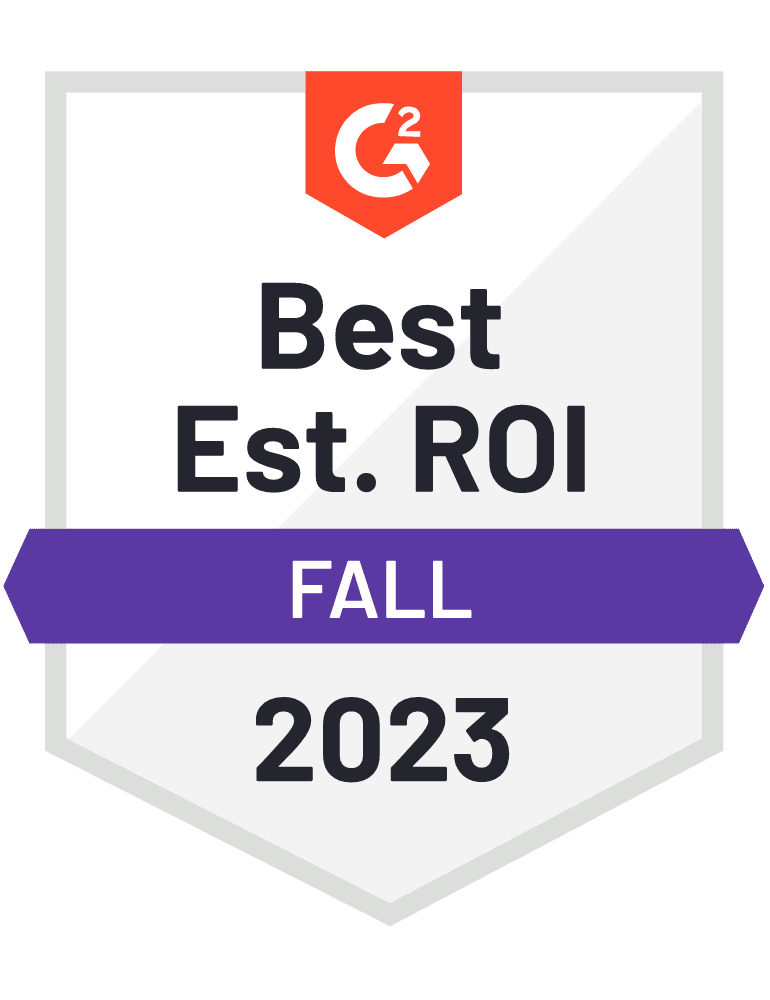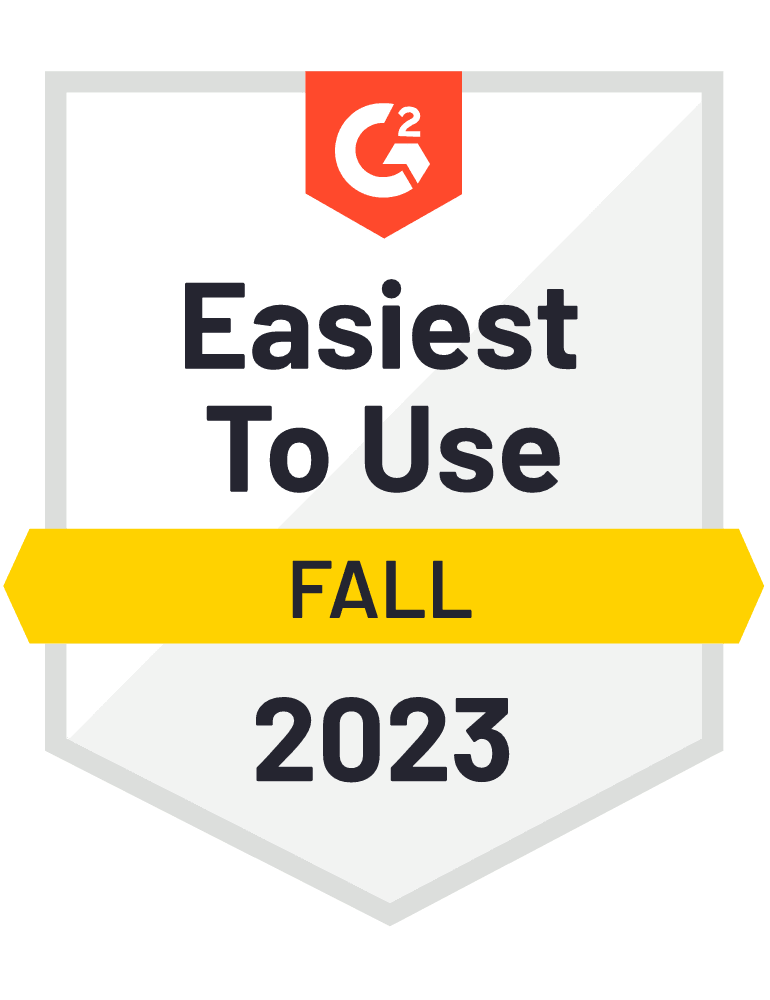How SDRs Can Utilize Product Usage Data for Personalization
Learn how your SDRs can hyper-personalize their outreach with product usage data to generate more pipeline.

Vlad Oleksiienko
January 11, 2023
7 minutes
Data-Driven Outbound Outreach
The volume of inbound prospects undoubtedly increases with PLG, but does that mean SDRs should neglect those unaware of the product? Absolutely not!
Data-driven sales teams constantly mine, group, analyze, and store valuable prospect and customer data. With outbound, this data is used to show trends over time to build predictions and create ideal buyer personas.
Net new data is important, but historical data is a goldmine for shipping hyper-targeted strategies around account-based prospecting. By segmenting and grouping past and existing customers by key attributes, SDRs can create different personalization strategies that are unique to each buyer persona, focusing on what has proven to work best for each one. Each strategy will have a personalized message, a relevant outreach channel, and a targeted value proposition.
When creating these buyer personas, sales teams often combine product usage data with intent data to achieve a more detailed picture and boost their personalization efforts even further. Product data tells SDRs, which leads to target and gives a generalized idea of how to do that. Intent data takes this a step further by providing unique information on each account:
- Firmographic data shows key attributes like industry, company size, annual recurring revenue, location, number of employees, etc.
- Technographic data shows the technology stack of a target account, allowing SDRs to know exactly which feature/product will open dialogue.
- Psychographic data provides the ultimate level of personalization in outbound outreach
- Product usage data pairs with all of the above to provide correlations between a likelihood to heavily adopt the product with firmographic, technographic, and psychographic characteristics
For example, if most of your customers are in one specific industry, you can run an account-based marketing campaign to target specific accounts in that same industry with relevant use cases and content built around your existing customers.
If you know that the biggest competitor to company X is using your product, this can be a great conversation starter. Likewise, if one of your prospects or customers recently switched jobs, you can send them a congratulations email and see if they want to catch up for a cup of coffee.
The synergy of real-time product usage data and intent signals takes targeting and personalization to a whole new level, creating a unique customer experience like never before and increasing the overall sales pipeline.
Data-Driven Tactics for Upselling and Cross-Selling to Existing Clients
There’s one more way to utilize product data, and that’s with existing customers. Generating new leads and converting them to customers is crucial, but existing customers are the backbone of your business.
Research shows that upselling and cross-selling amounts to around 20% of all business revenue, with some unicorns like Amazon reporting up to 35%. Product-led companies are no exception.
The most common indicator of an upsell opportunity is when an account increases team size by inviting new users. It’s very logical to discuss this expansion with the client and suggest a natural step-up in the product to accommodate this shift. Other upsell or cross-sell opportunities might include factors like business growth, website visits, increases in product usage, or even something as simple as a product review or NPS score.
Here are a few examples of what this could look like in practice:
- The customer keeps visiting your website → “It looks like one of your team members expressed some interest in feature A. Would your team be interested in a short demo?”
- The customer completes a new round of fundraising → “Congrats on the recent fundraising round. Is X still a priority for your team heading?”
- The customer is running up against product usage thresholds. → “Our free plan only supports a max of ten users. Would you be interested in a free trial to our business tier?”
Final Thoughts
Product-led companies are on the rise, and so are the innovative outreach strategies that come with them. These PLG strategies are centered around relevant data that is used to facilitate sales communication with leads and customers like never before. SDRs remain integral players because data alone is irrelevant unless it leads to action.
Author's Bio
Vlad Oleksiienko is the SDR Team Lead at Reply, the multichannel sales engagement platform. With 6+ years of experience in the field, he is keen on building creative outreach strategies and experimenting with different approaches for personalization at scale.



